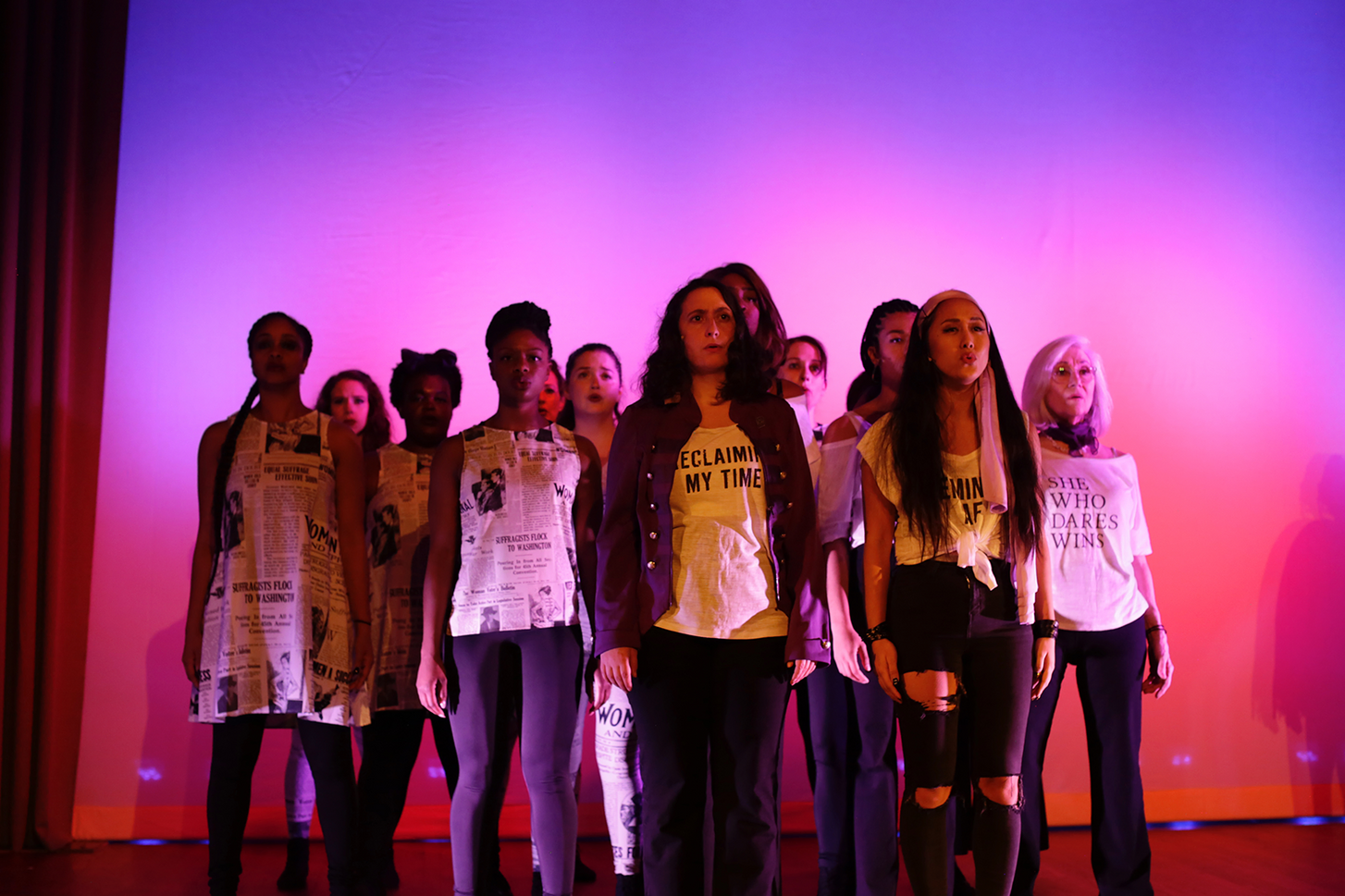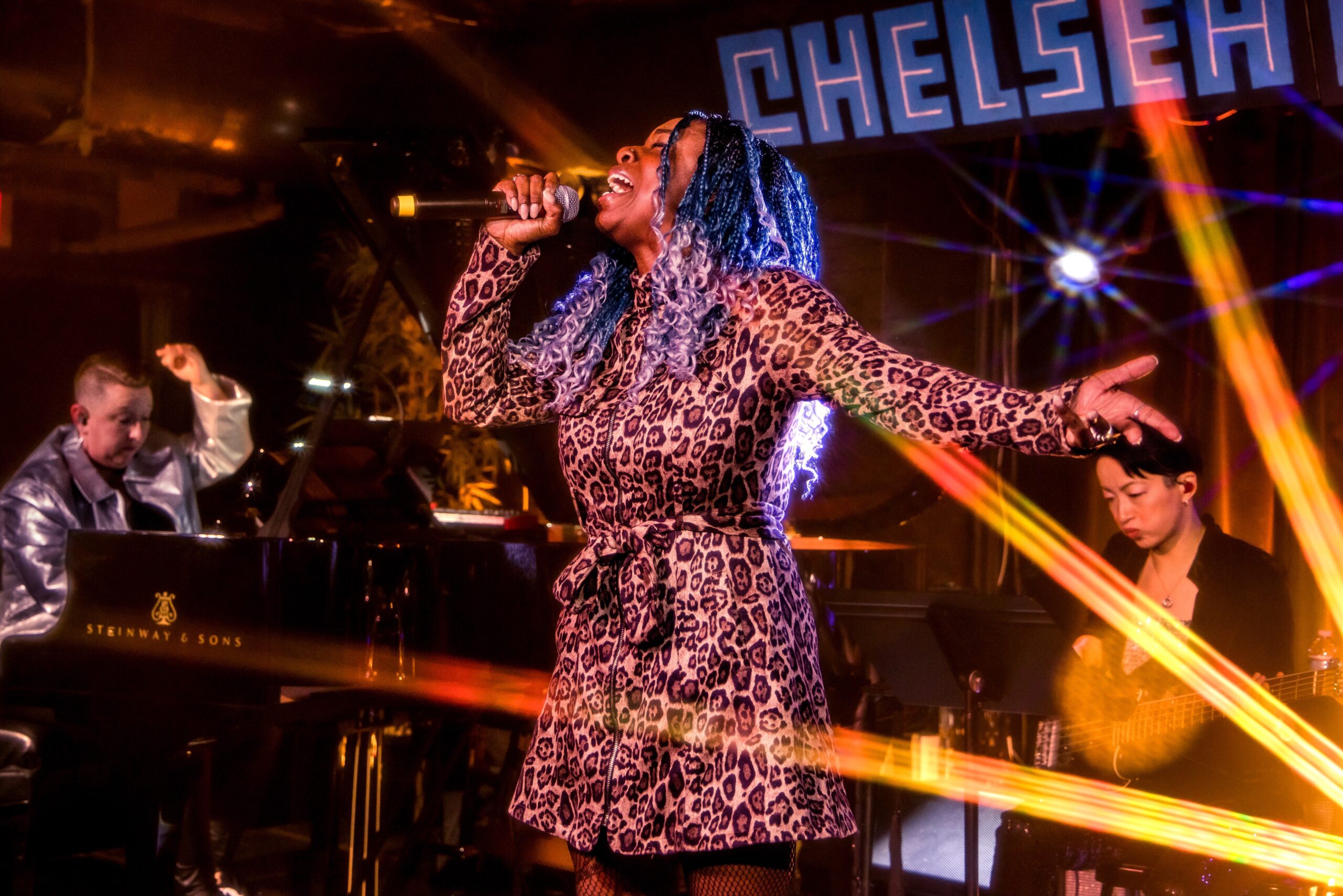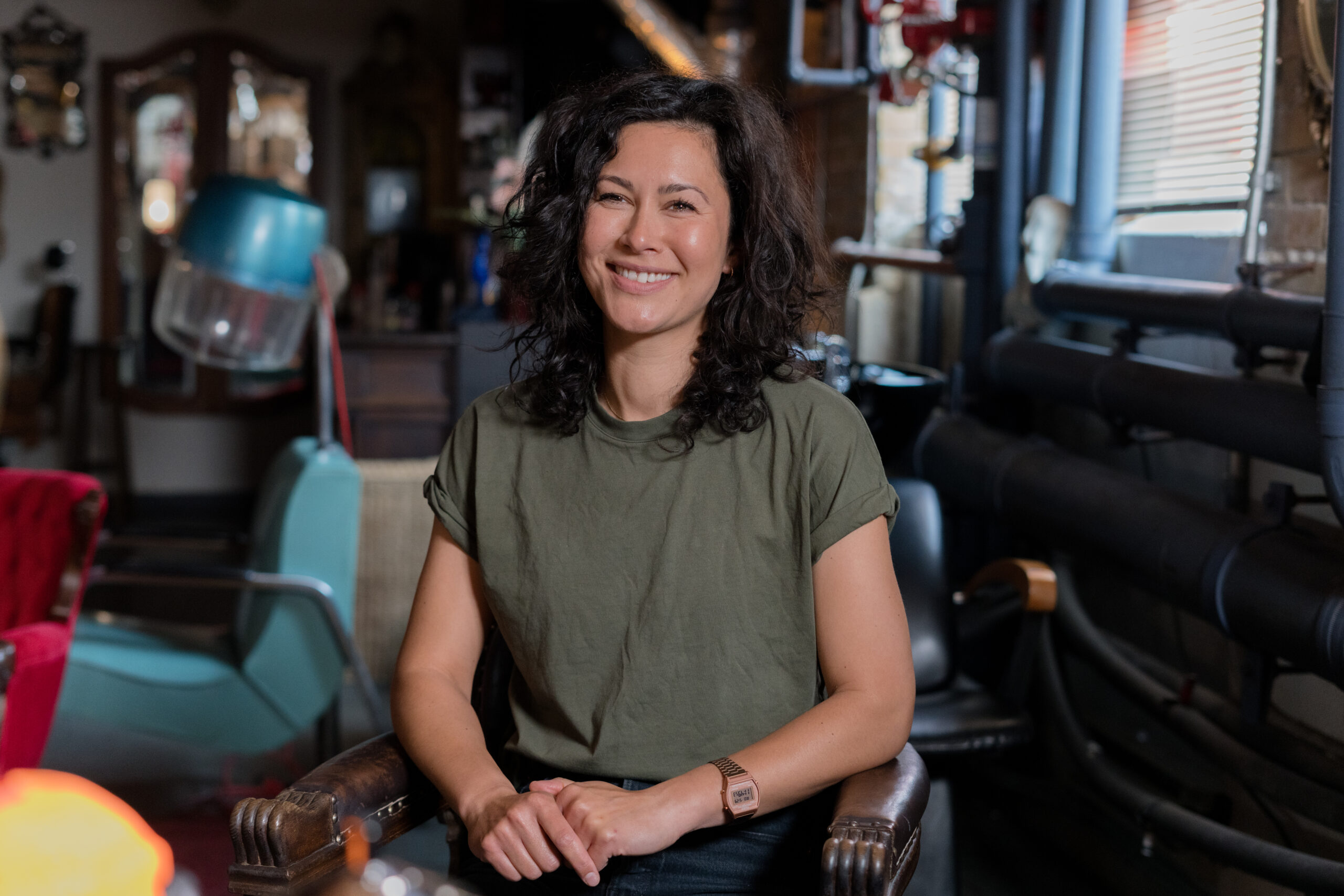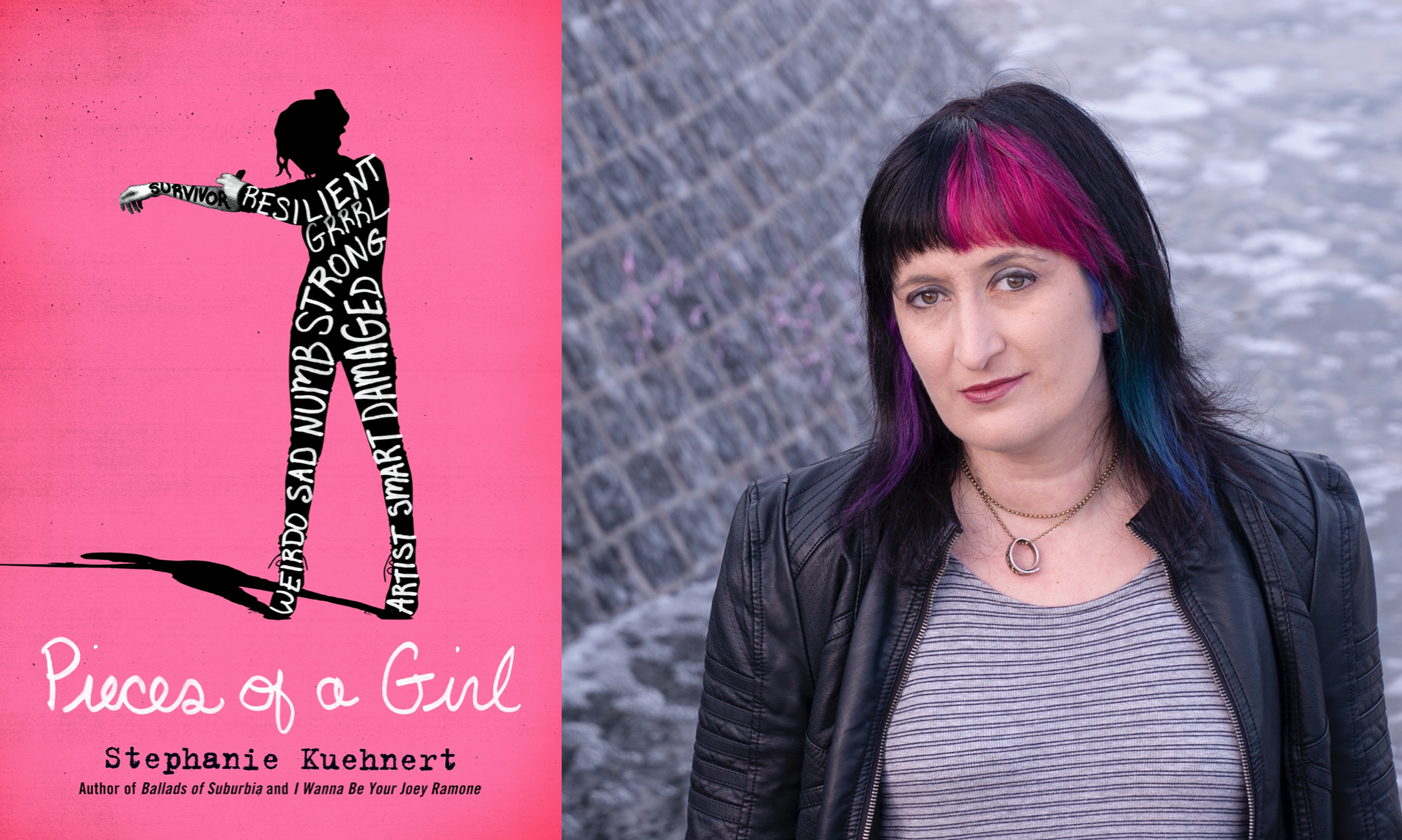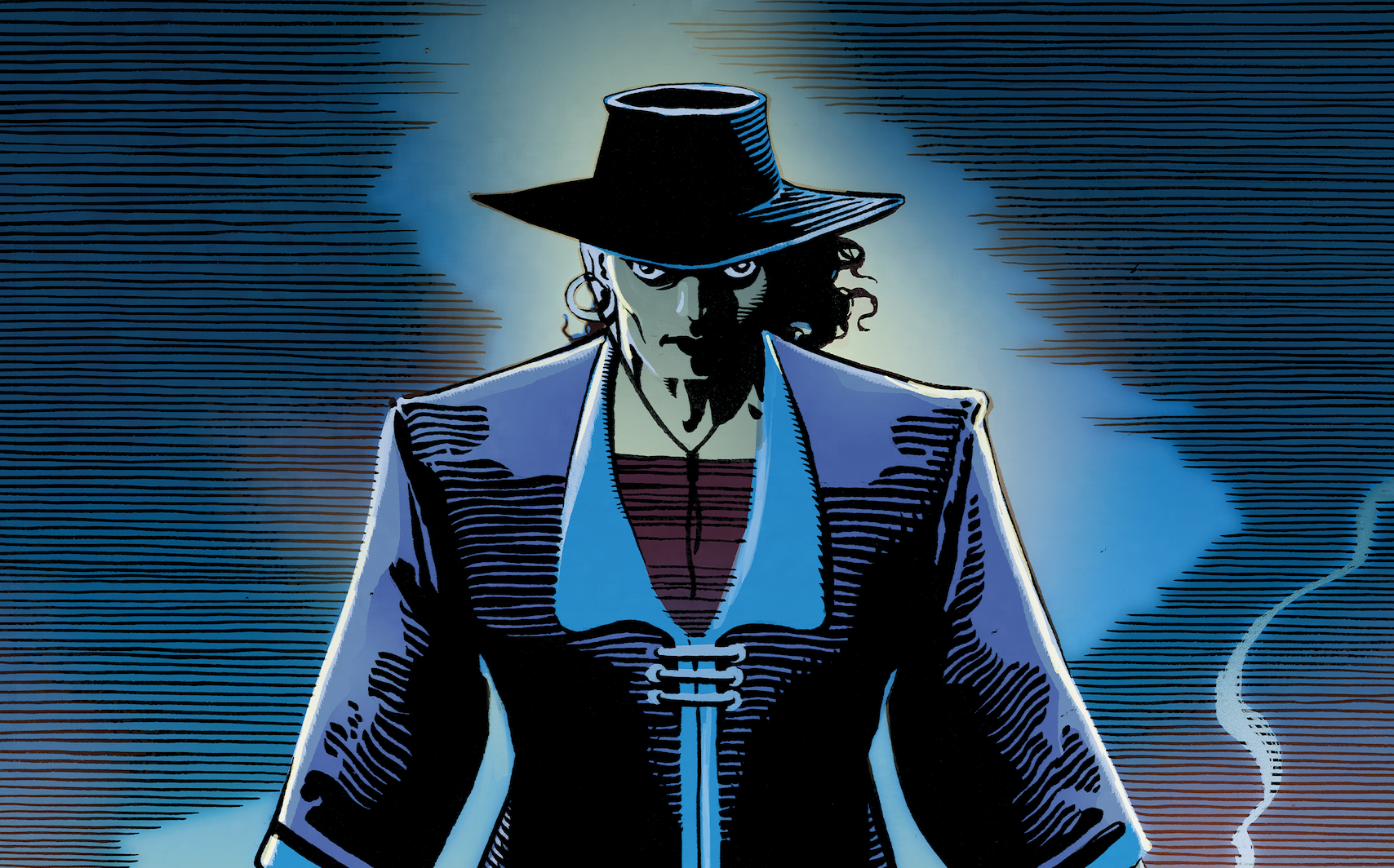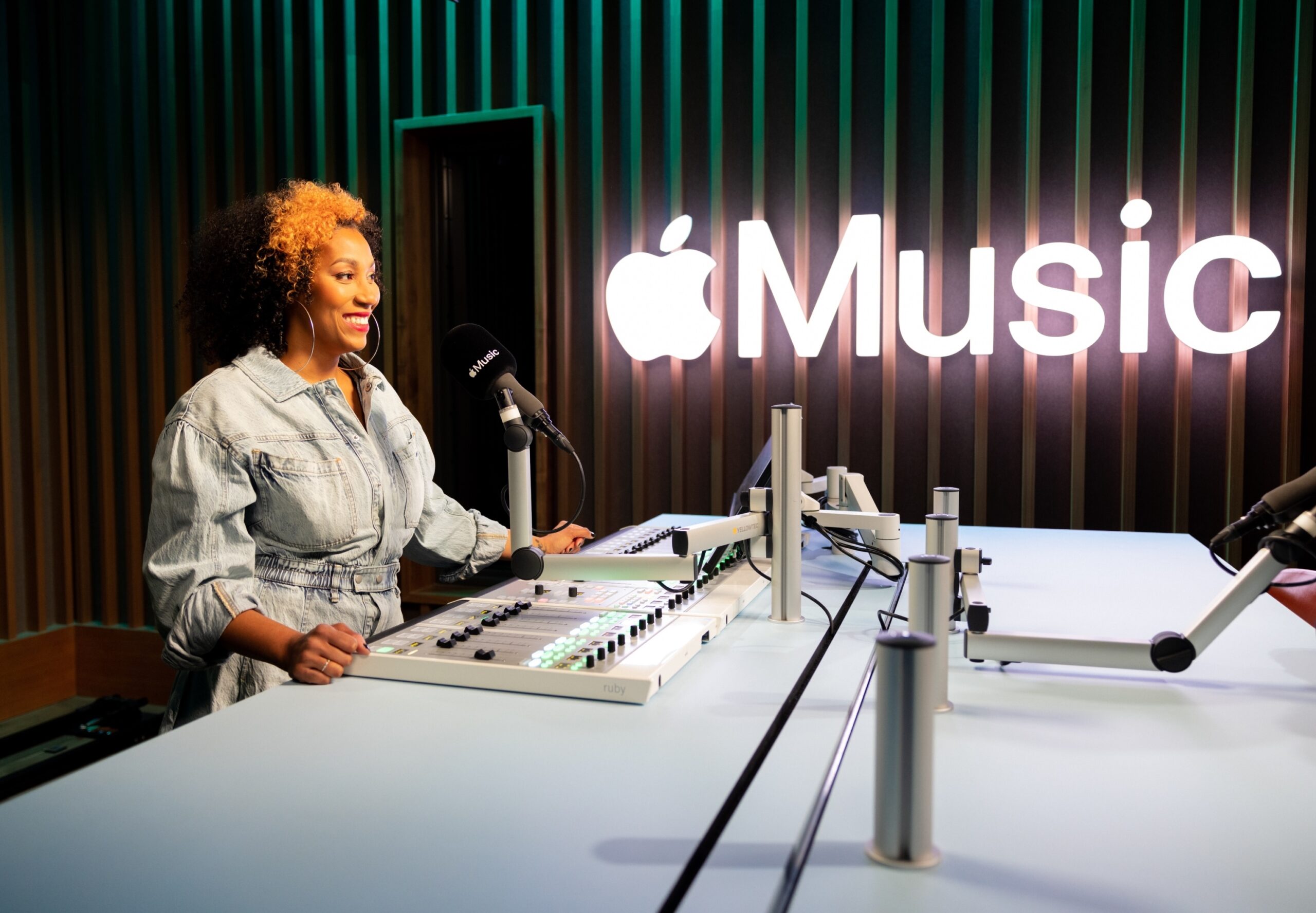
Festivals are back on the agenda in 2021 with Glastonbury going virtual with its Live at Worthy Farm event and other festivals opting to push back their sets later in the year to avoid any setbacks. Given the well-documented history of the gender imbalance at major UK festivals (as well as in other countries), there’s nothing like a global pandemic to force an entire industry to take stock of it’s previous problems. The question is, has there been any improvements on the gender splits in the line ups for UK festivals following a year of reflection?
Ahead of the summer events, organizers are releasing their headline acts and lineups. In recent years, organizers have discussed making festivals a 50/50 gender balance split, and with more festivals signing up, it’s certainly heading in the right direction. Protectivity has analysed the UK’s largest festival lineups in previous years, as well as 2021, to reveal the festival gender split.
Festivals with the best gender-balance lineup in 2021
Parklife is leading the way with the best gender split in festival lineups this year, with a total of 44% of female artists. The other 56% of the lineup is made up solely by male artists.
In second and third place is Glastonbury’s Live at Worthy Farm and Bestival, respectively. The virtual event, Live at Worthy Farm has a split of 50% male artists, 38% female artists and 13% mixed groups.
Which festival has improved the most over time?
Although festivals in 2020 didn’t go ahead due to the pandemic, overall the lineups were the best for gender splits at festivals, with lineups including almost a quarter (22%) of female artists on average. 2021 has an average of 21% female artists represented in festival lineups, whereas 2019’s lineups had on average 20% female artists included.
Bestival has improved its gender split the most over time, with an increase of 10% from 2020 to 2021. This year’s lineup includes nearly a third (32%) of female artists, whereas 2020 was 22%, and 2019 was 25%.
Reading and Leeds festival also has improved its female-to-male artist gender split from 2020 to 2021, with an increase of 5%. 2020 was the worst year for Reading and Leeds festival, with female artists accounting for just 9% of the lineup – 2019 had a slightly higher number of female representation, with 11% of the lineup being female artists.
Parklife has the largest number of female artists performing in 2021, with 4 out of 10 (44%) being female. Whilst this is down 8% from last year, it’s definitely heading in the right direction for a 50/50 split across all festivals. Parklife is clearly making good progress, as 2019’s lineup featured just 27% female artists, so the organisers almost doubled their female representation in the 2020 lineup.
On the other hand, Glastonbury has widened the gender gap in 2021, with a 12% decrease in female artists in the lineup. In 2020, the festival lineup reached the goal of a 50/50 split, but for the Live at Worthy Farm event it has gone back down to 38%. 2021’s gender split is higher than 2019’s lineup breakdown, which was just under a third (32%).

The festivals that must do better to achieve gender inclusivity
Wireless and TRNSMT have the lowest female representation in their lineups this year, with just 10% and 12% (respectively) of the acts being female.
Wireless’ gender split has gotten worse over time, and TRNSMT has stayed relatively the same. In 2019, Wireless’ lineup featured 20% females, going down to 14% in 2020 and now just 10% for this year. TRNSMT’s lineup featured just 13% of females for both 2019 and 2020, going down 1% for this year’s festival.
Sean Walsh, Marketing Manager from Protectivity Insurance commented on the new data.
“It’s been a tough 18 months for the events and music industry, and with the exciting return to normal life after restrictions it’s vital to get festivals and music events moving forward again. It’s important for the gender gap to be closed in all settings, whether that be at festivals or the workplace – so it’s great to see that some of these festivals are striving towards having a 50/50 split and working towards an even playing field for all,” he said in a press statement.
There is currently a movement called Keychange which is pledging to input a 50/50 split of acts by 2022 for some festivals around the world which is a step in the right direction. However, in the UK there is still a great gap in representation of both female and non-binary artists within the festival space and more work needs to be done to bridge this gap.












